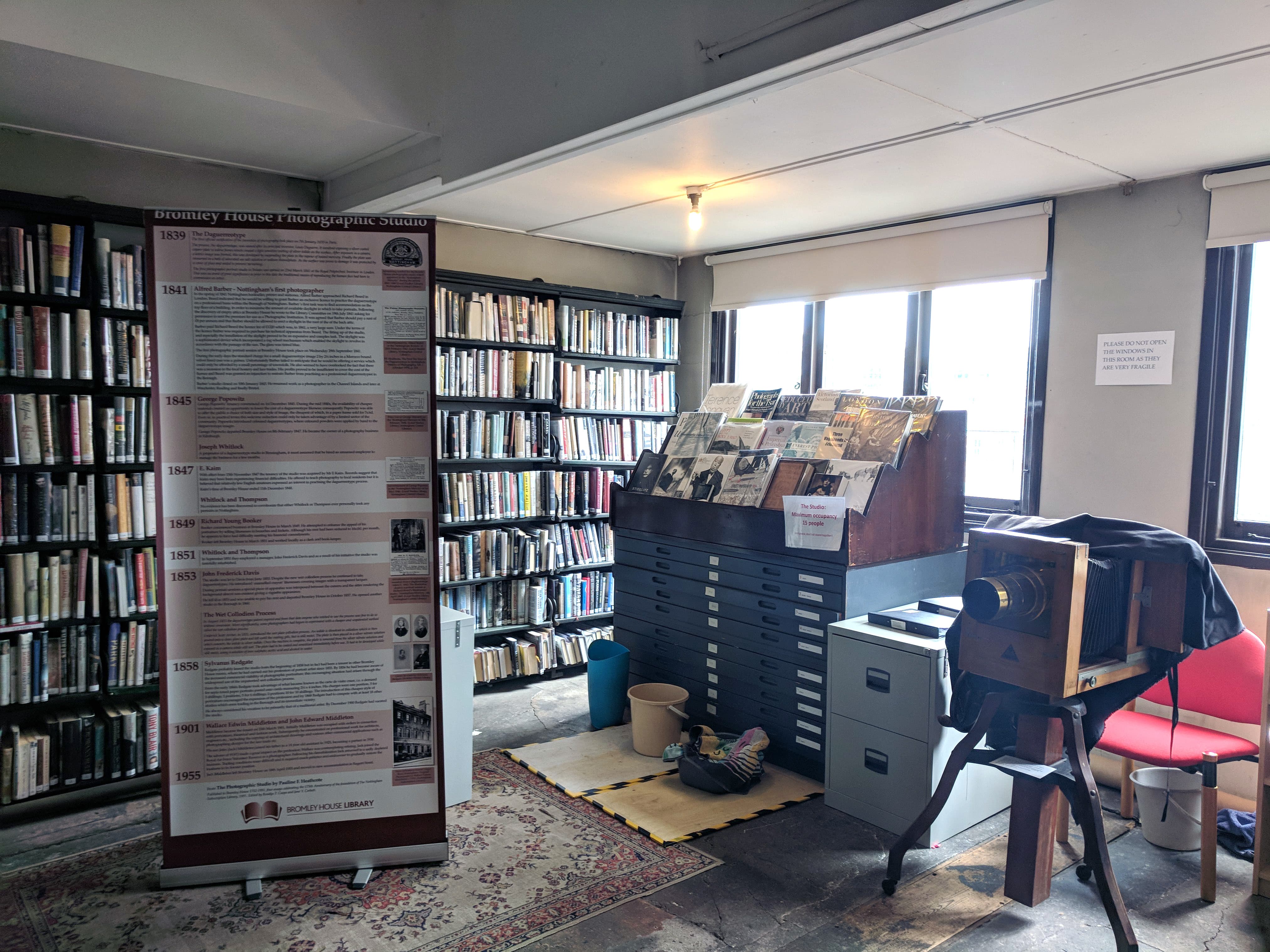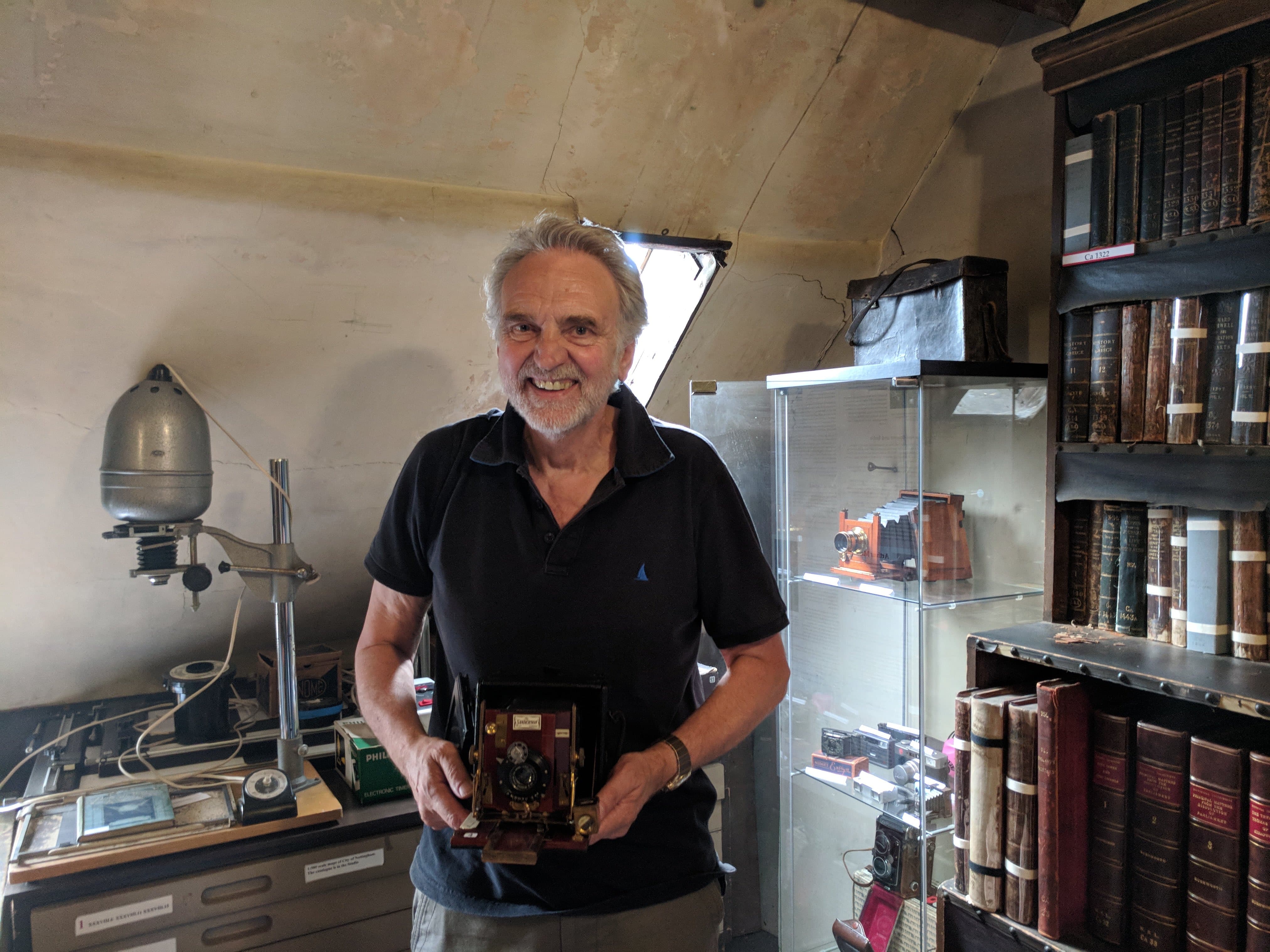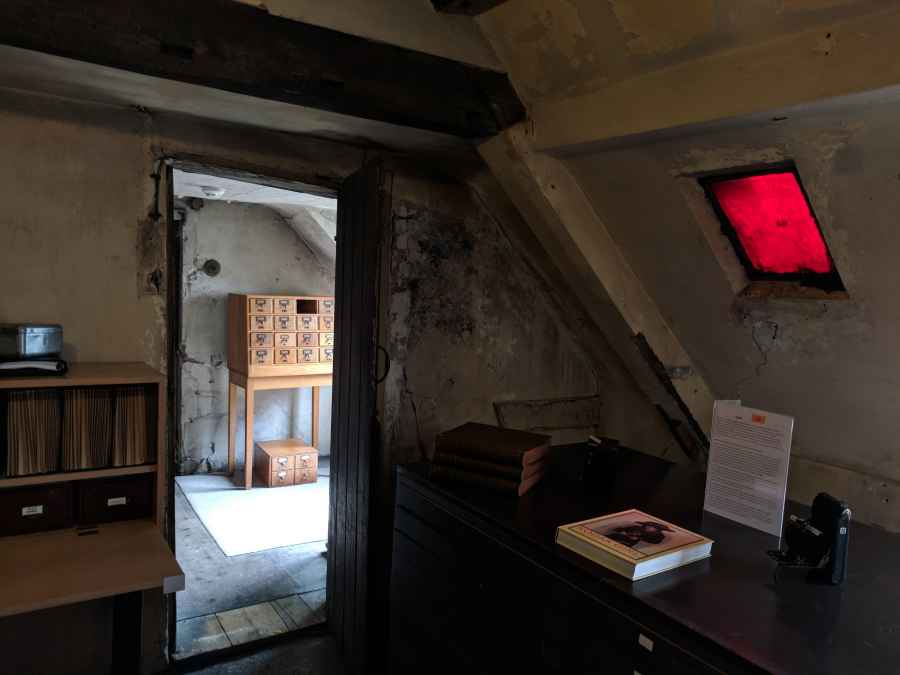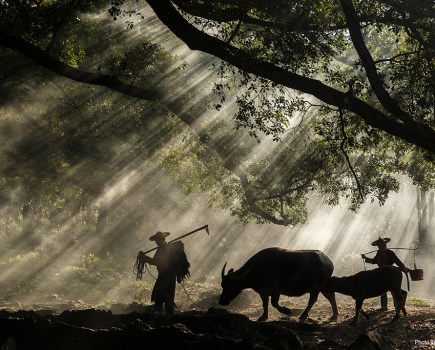“We intend to strengthen the narrative of the photographic exhibits, by bringing the information all together in one room and using interpretation panels and rotating exhibitions,” explains director Melanie Duffill-Jeffs. Sadly, things didn’t go so well for the pioneering Barber, whose establishment was one of only six daguerreotype studios in the country. He charged one guinea (around £1) for a 2×2.5 inch daguerreotype in a case, equivalent to a week’s wages for a manual worker and beyond the means of most of the city. Only about 500 were sold, which failed to cover the daguerreotype license instalments, and following legal tussles, he left Nottingham. Other pioneering photographers took over the space, however, including one Sylvanus Redgate, who cashed in on the craze for ‘carte de visite’ – sepia-toned prints pasted onto small cards.

Even before the refurbishment concludes, it’s well worth visiting Bromley House as it occupies a pre-eminent position in British photographic history. As AP’s Geoff Harris discovered, the attic rooms, which were virtually in continuous use for photography from 1841 to 1955, are materially little altered. Free guided tours of the studio and darkroom are available on Wednesday afternoons by appointment with photography historian Eric Butler, below. (email photo@bromleyhouse.org) You can also watch photographer in residence Jim Grainger taking ambrotype photographs. Keep up to date with developments here.








